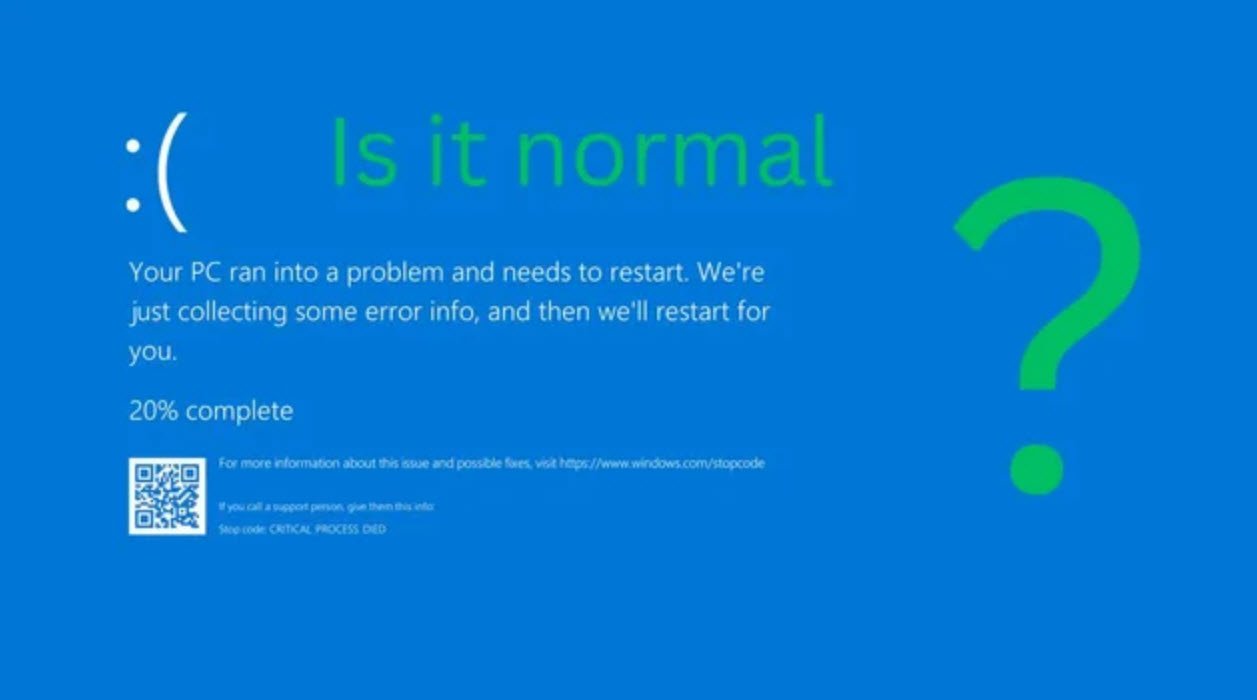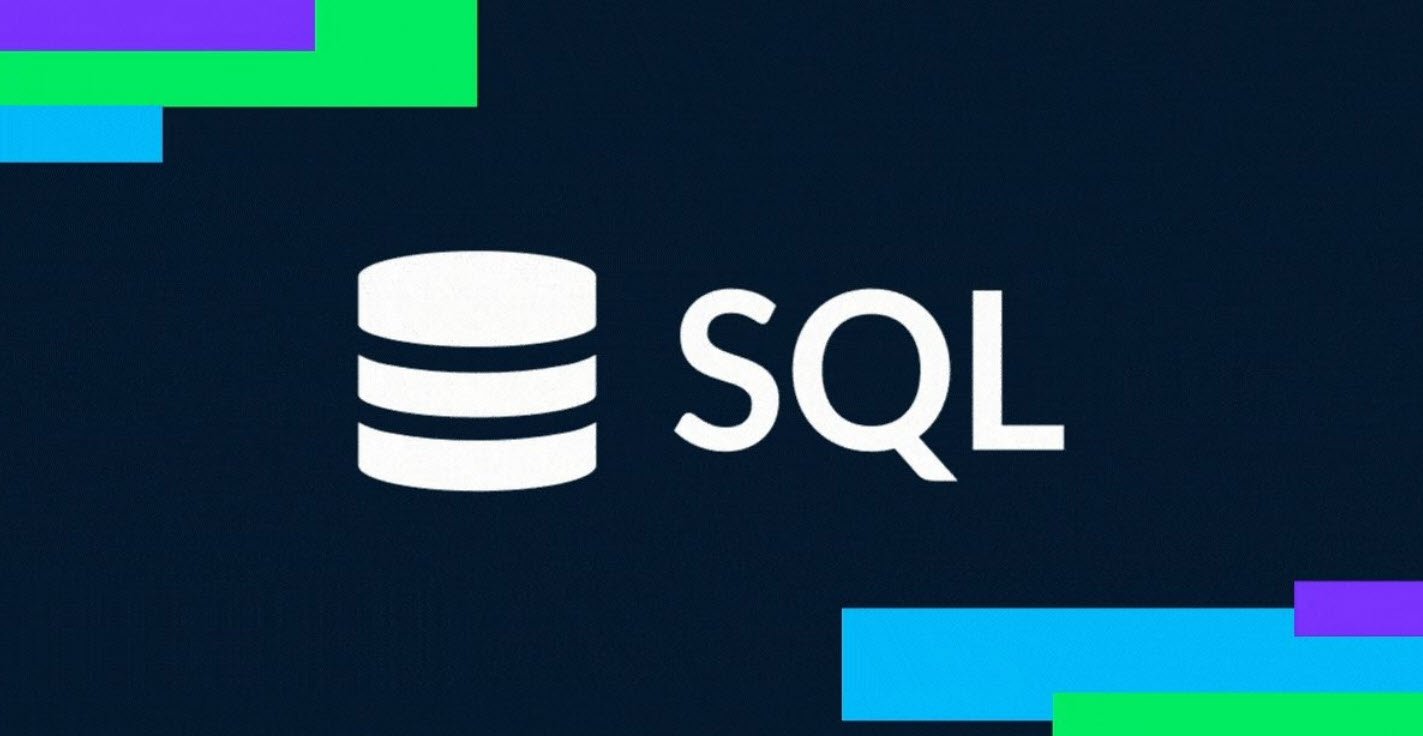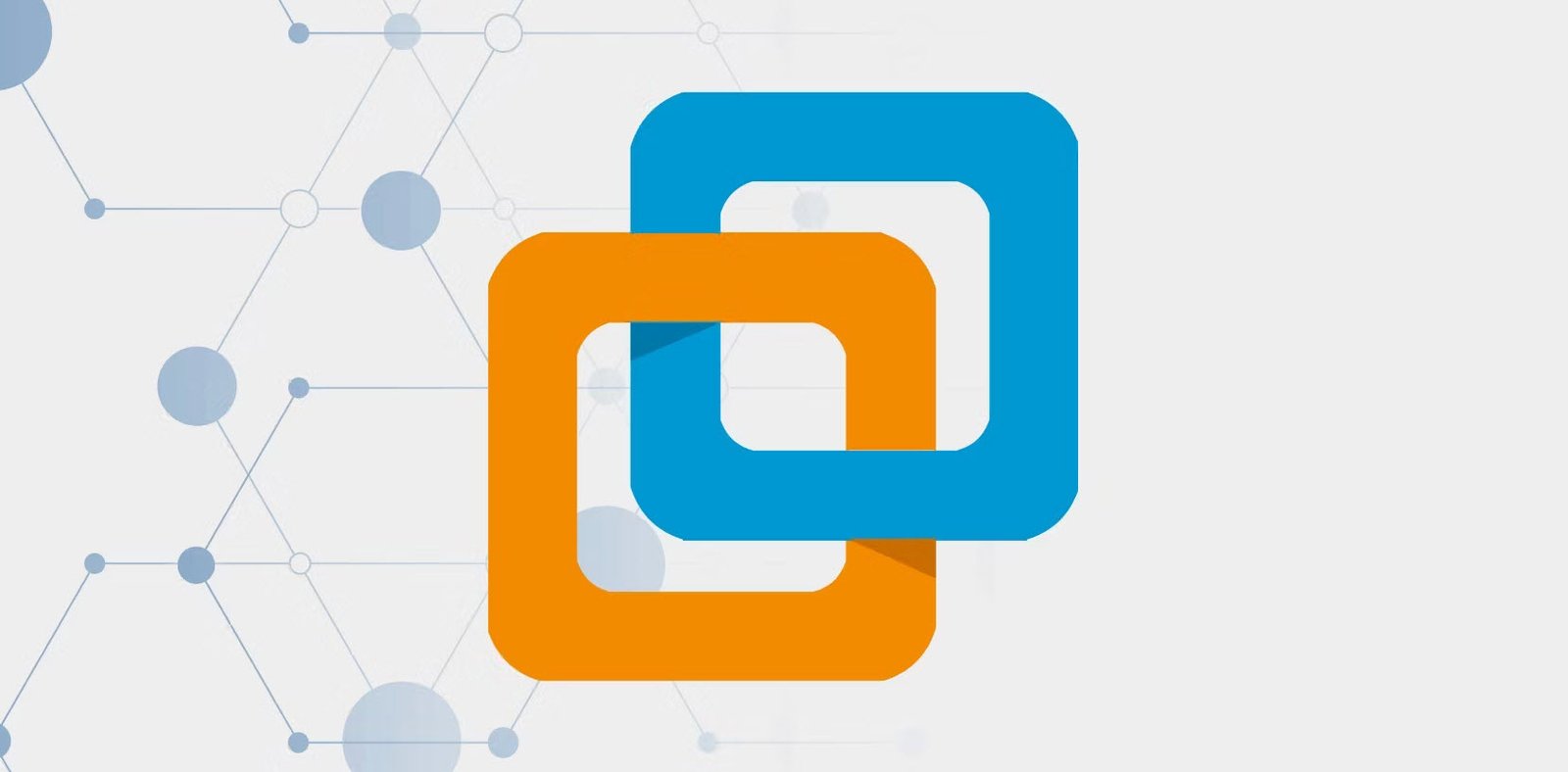
In the fast-paced and ever-evolving world of software development, traditional methodologies often struggle to keep up with the demands of modern businesses. Enter Agile, a revolutionary approach to software development that emphasizes flexibility, collaboration, and iterative progress.
At the heart of Agile methodology lies Scrum, a popular framework that streamlines the development process and enables teams to deliver high-quality software in a dynamic environment.
To effectively navigate this landscape, one must familiarize themselves with the unique terminology and roles that define Agile and Scrum.
Product: Breathing Life into Innovation
The “product” in Agile/Scrum terminology refers to the application or software being developed, enhanced, or replaced. It is the focal point of the entire development process, and its successful delivery is the ultimate goal of the Agile team. Whether it’s a groundbreaking new app or an upgrade to an existing system, the product is the embodiment of innovation and customer value.
Product Backlog: Prioritizing Requirements
The “product backlog” is the beating heart of Agile development. It’s a dynamic list of features, enhancements, and requirements that the product must incorporate. Curated and managed by the “product owner,” the product backlog captures the evolving needs of stakeholders and users. Each item on the backlog is prioritized based on its importance and potential value to the end-users.
Product Owner: The Voice of the Customer
The “product owner” is a critical role that bridges the gap between the development team and stakeholders. Often hailing from a business unit or domain area, the product owner is the visionary responsible for defining the product’s direction.
This involves creating detailed specifications, known as “user stories,” which outline the features and functionalities from a user’s perspective. Think of the product owner as the conductor of an orchestra, harmonizing the diverse voices of stakeholders to produce a symphony of software excellence.
User Stories: Crafting Narratives for Success
In Agile, the focus shifts from writing exhaustive technical requirements to crafting “user stories.” These stories are succinct narratives, often expressed in non-technical language, that provide context for the development team.
By reading a user story, the team gains a clear understanding of the purpose, value, and desired outcome of a particular feature. This storytelling approach fuels collaboration, aligns everyone’s efforts, and ensures that the development process remains customer-centric.
Sprint: Racing Against Time
“Sprint” is the Agile term for a time-boxed development cycle, typically lasting between 2 to 4 weeks. During each sprint, the development team collaboratively selects a set of high-priority user stories from the product backlog.
These stories serve as the sprint’s fuel, driving the design, development, testing, and delivery activities. The sprint’s short and focused duration promotes rapid progress and adaptability, enabling the team to swiftly respond to changes and deliver incremental value.
Definition of Done (DoD): Ensuring Excellence
The “Definition of Done” (DoD) is a pivotal concept in Scrum that ensures consistent quality and completion of work. It serves as a comprehensive checklist of acceptance criteria that every user story within a product increment must meet. The DoD acts as a guiding star, illuminating the path to a shippable product.
When a user story fulfills all the criteria outlined in the DoD, it signifies that the work is truly complete, meeting both functional and quality expectations.
In conclusion, the world of Agile/Scrum terminology is a realm of innovation, collaboration, and customer-centricity. Understanding these terms and roles is key to harnessing the power of Agile methodologies and effectively navigating the dynamic landscape of software development.
As businesses continue to seek efficient ways to deliver value and adapt to changing market needs, Agile and Scrum terminology stand as beacons of progress, guiding teams towards success in the ever-evolving realm of technology.
You may also like:- How To Fix the Crowdstrike/BSOD Issue in Microsoft Windows
- MICROSOFT is Down Worldwide – Read Full Story
- Windows Showing Blue Screen Of Death Error? Here’s How You Can Fix It
- A Guide to SQL Operations: Selecting, Inserting, Updating, Deleting, Grouping, Ordering, Joining, and Using UNION
- Top 10 Most Common Software Vulnerabilities
- Essential Log Types for Effective SIEM Deployment
- How to Fix the VMware Workstation Error: “Unable to open kernel device ‘.\VMCIDev\VMX'”
- Top 3 Process Monitoring Tools for Malware Analysis
- CVE-2024-6387 – Critical OpenSSH Unauthenticated RCE Flaw ‘regreSSHion’ Exposes Millions of Linux Systems
- 22 Most Widely Used Testing Tools








